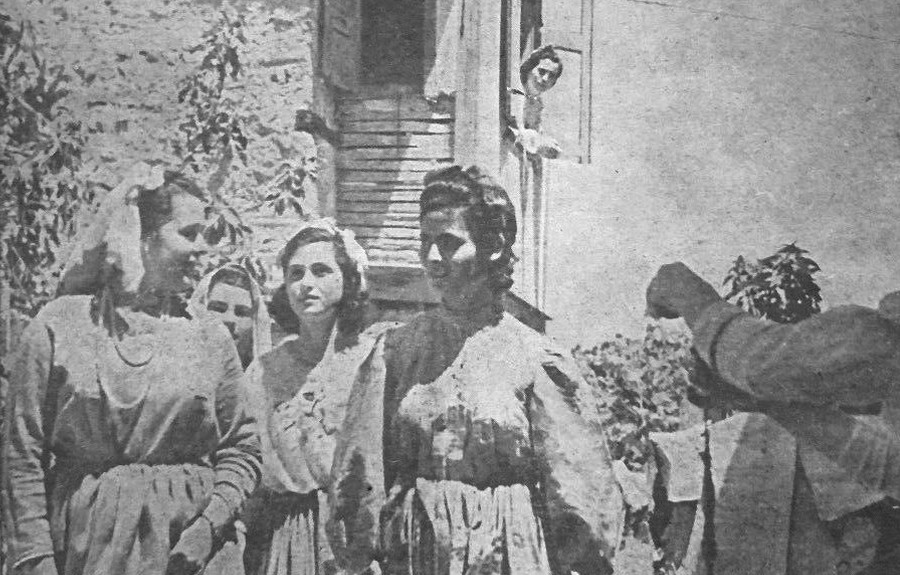
Έκθεσης Υγιεινής της Αθήνας (1938)
Σκοπός της εργασίας είναι η παρουσίαση των Μικροβιολογικών θεμάτων της Έκθεσης Υγιεινής Αθηνών του 1938. Οι ∆ιεθνείς και Εθνικές Εκθέσεις Υγιεινής κατά τον Μεσοπόλεμο ήταν μια προ- σπάθεια εκλαΐκευσης των ιατρικών γνώσεων με σκόπο την διαφύλαξη της ∆ημόσιας Υγείας. Το νο- σολογικό φάσμα της Ελλάδας εκείνης της περιόδου κυριαρχείται από τα λοιμώδη νοσήματα, όπως ελονοσία, φυματίωση, τύφος και δυσεντερίες. Οι επισκέπτες της Έκθεσης είχαν την δυνατότητα να πληροφορηθούν για την προφύλαξη από σοβαρά λοιμώδη νοσήματα αλλά και τις προσπάθειες του Κράτους στην ανθελονοσιακή, αντιαφροδισιακή και αντιφυματική εκστρατεία, καθώς και άλλες πτυχές της ∆ημόσιας Υγείας.
The aim of this study is to present the microbiological topics of the Metaxas-sponsored Athens Hygiene Exhibition in 1938. The International and National Hygiene Exhibitions during inter-war were an attempt to popularize medical knowledge in order to safeguard Public Health. The diseases’ spectrum of Greece at that time was dominated by infectious diseases such as malaria, tuberculosis, typhus and dysenteries. The visitors had a unique opportunity to be informed about the prevention of serious infectious diseases and State’s efforts in anti-malarial, anti-venereal and anti-tuberculosis expeditions, and other aspects of Public Health. There, in order to promote the necessity of physical exercise as an antidote to a non-eugenic heritage, they juxtaposed strong, healthy men against pictures of psychologically and physically sick people (Charitakis, 1939)
Written by K. Tsiamis
![]() Download “Μικροβιολογικά θέματα της Έκθεσης Υγιεινής της Αθήνας (1938)” here.
Download “Μικροβιολογικά θέματα της Έκθεσης Υγιεινής της Αθήνας (1938)” here.